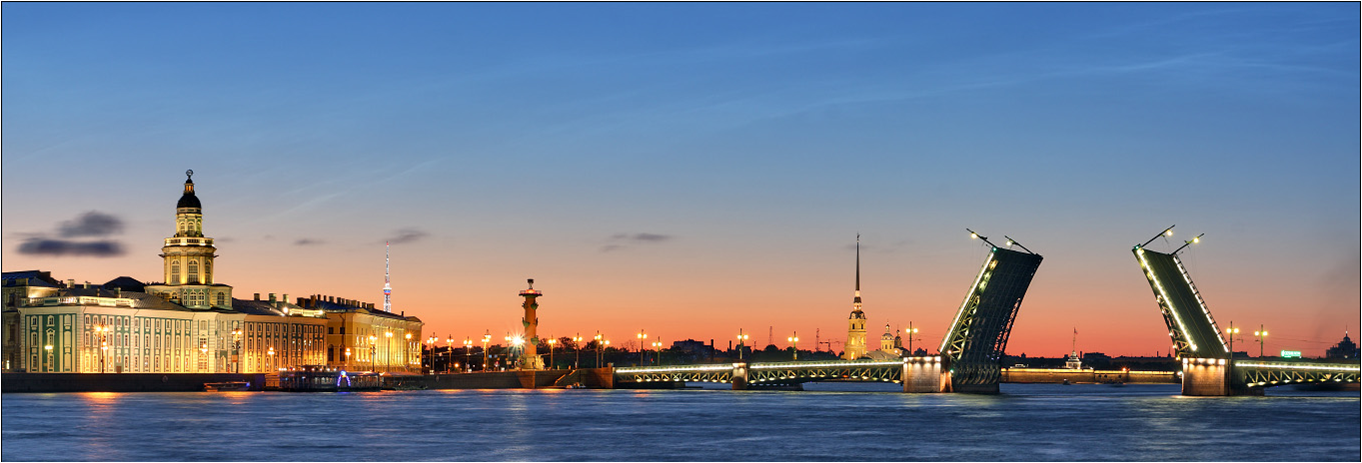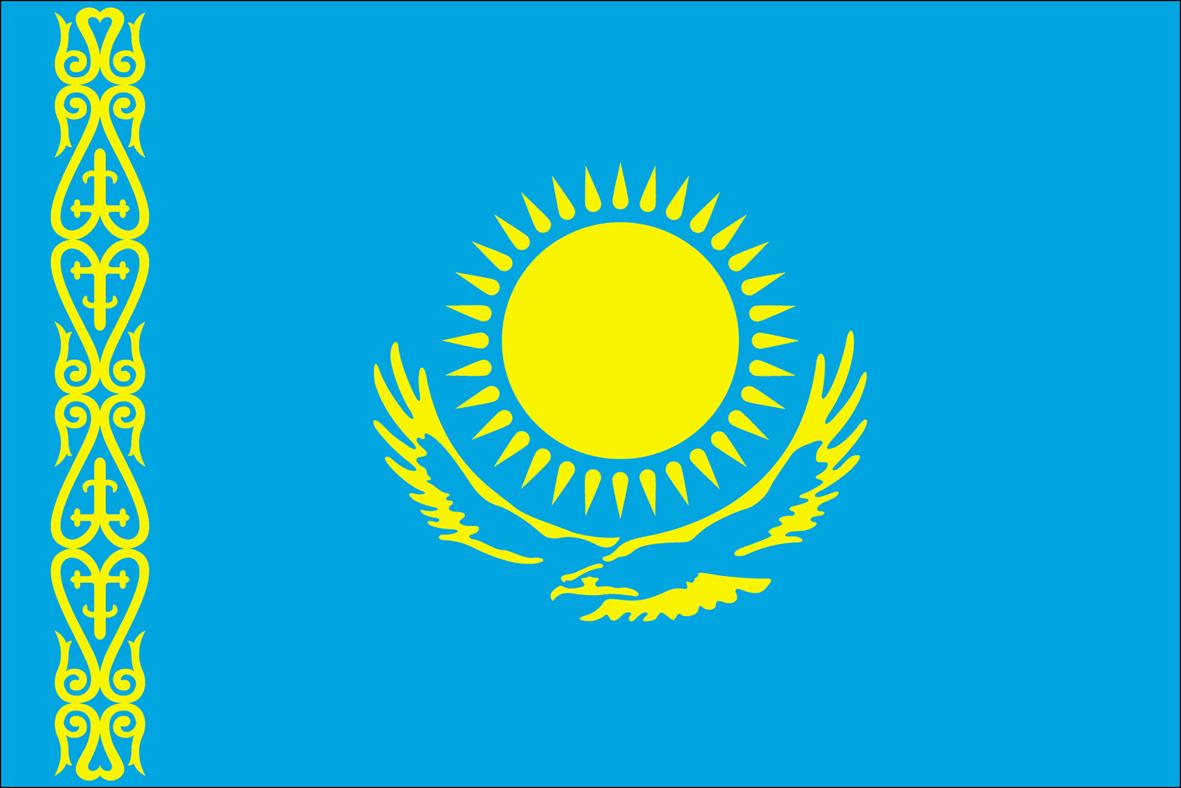روسيا
Russia, within its contemporary political boundaries, is connected to the northern branch of the Silk Roads, in close proximity to what is known as the “Eurasian steppe corridor”, stretching from Lake Baikal to Lake Balaton. It includes, or is adjoined by lands along the southern border of the Russian Federation, namely southern Siberia, south-western Siberia, the southern Urals and Lower Volga, the steppes of Ciscaucasia and the Black Sea, the Caucasus and Dagestan.
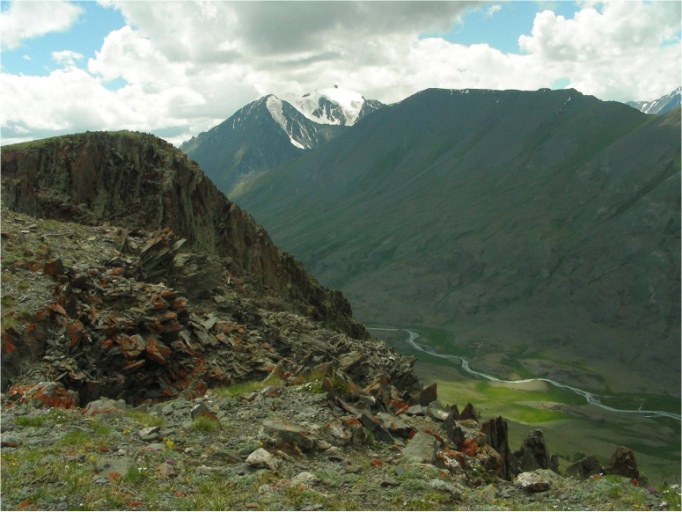
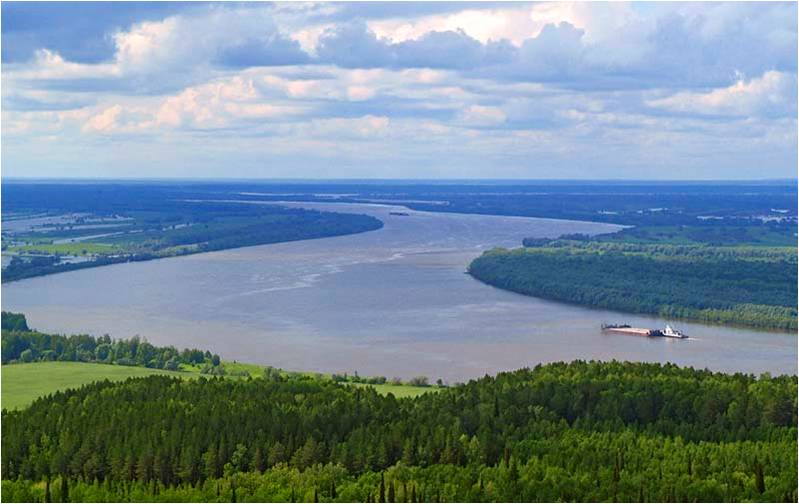
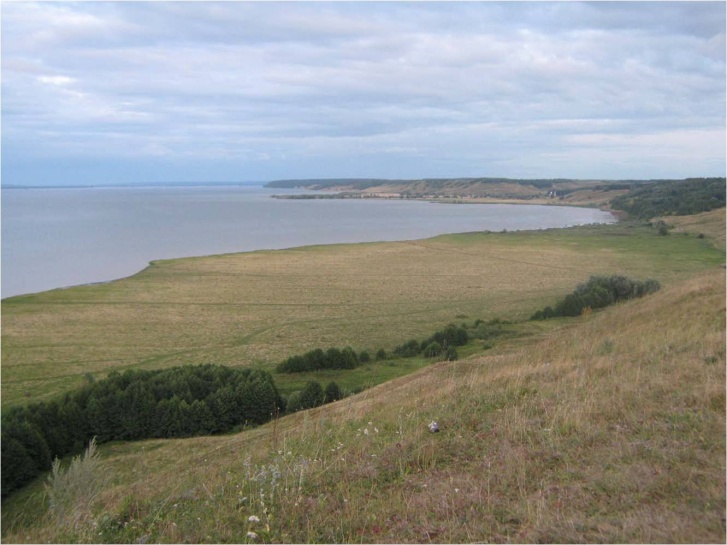


The Silk Roads' influence on the development of these territories is determined by the degree of their involvement in the workings of the ancient trade route. Dagestan, the Caucasus, the Lower Don region, Kalmykia, the area around the Sea of Azov and the Taman Peninsula are all territories traversed by the Silk Roads. The Volga region is where the Silk Roads intersects with the Great Volga River Route, another Eurasian trade artery. The lands of southern Siberia, southwestern Siberia and the southern Urals were involved in the system of economic links with regions through which the Silk Roads ran. There is material evidence of the Silk Roads in the Caucasus region, in the form of the city of Derbent and its fortress buildings, a UNESCO world heritage site. Derbent today is the most ancient city in the territory of the Russian Federation, and the only ancient eastern city, a veritable node in the line of the Caspian route and a living complex of functioning monuments from various eras. In addition to those monuments, the entire Derbent walls system (sixth to eighth century) forms a frontier between the southern and northern Caucasus.


The northern Caucasian tower structures may be seen as Silk Roads sites. The towers are complex, architectural constructions which started to appear in the late medieval period and have been conserved until now as family dwellings (since the early twentieth century, according to family memories), and they are to be found throughout the Greater Caucasus high mountains.

The upper reaches and tributaries of the Kuban River are interesting in terms of the representation of the Silk Roads, with the monuments of western Alania, especially the Zelenchuk, Senty and Shoana churches, and the ancient settlements of Nizhny Arkhyz and Khumara. Silk fabrics from Moshchevaya Balka, direct proof of the Silk Roads' passage in the upper reaches of the Bolshaya Laba River, are conserved in the Hermitage.
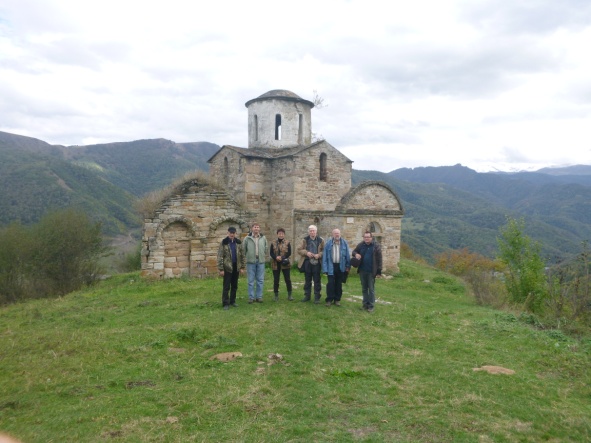



The territories north of the Russian Black Sea, the Taman Peninsula, the area around the Sea of Azov, and the Lower Don region mark the end of the northern Caucasian branch of the Silk Roads. Special attention is warranted by the monuments at the start of the sea route through the Black Sea straits to southern Europe: at the mouth of the Don – Sea of Azov (the ancient Greek colony of Tanais, Genoese – Capa) and Anapa (the historic Sindica, ancient Greek Gorgippia, Genoese Mapa and the Ottoman Empire’s strategic fortress Anapa). The Taman Peninsula, rich in historical monuments including, in particular, on the site of modern Taman, the legendary Tmutarakan (ancient Hermonassa, capital city of the Khazars, Samkerts, the capital from the tenth to the twelfth century of the Slavic principality of Adygea and subsequently a Genoese and Turkish colony).

The Black Sea shore of the Caucasus and the Republic of Adygea (together with the territories of Krasnodar Krai), is also the final section of the northern Caucasus branch of the Silk Roads. In order to appreciate that this territory forms part of the connections between the Caucasus and the Mediterranean, it might be useful to consider dolmens, Bronze Age monuments with equivalents in the countries of the Mediterranean and western Europe, and Christian churches and fortresses testifying to a Byzantine presence. In the Volga region, material traces of trade routes take the form of the remains of the cities of the Golden Horde – the ancient settlements of Mashaik (Khajitarkhan), Selitryanoe (Sarai), Tsarevskoe (Sarai al-Jadid), Vodyanskoe (Gulistan), Uvekskoe (Ukek), Bolgarskoe (Bolgar), Bilyarskoe (Bilyar) and Kazanskoe (Kazan), and of the caravanserais in the northern Caspian regions, from the settlement of Selitryanoe across the Ust-Yurt plateau to Urgench (today’s Konya-Urgench (Turkmenistan)), as well as the coin hoards and numerous finds of articles and items of eastern origin (from silk, porcelain and celadon to glassware and gold and silver jewellery). After the fall of the Ulus of Jochi (fifteenth century), the route practically ceased to exist.


In southern Siberia, which is a northern region of the Silk Roads, there was no permanent concentration of the caravan trade (or settled trading settlements, caravanserais, and so on) as there was in eastern Turkestan and the central oases of Central Asia. More frequently, the material archaeological traces of the area’s presence in the Silk Roads system are individual finds of imported goods for the cultural elite (mirrors, coins, jewels, and so on), or reflections of external influence incorporated into the local cultural tradition.


The specific ethno-cultural and ethno-religious features of the region, civilizational signs of cultural provinces, are characterized by ethnographic monuments and events. These include museum collections, reconstructions (ethno-parks, open-air museums, and so on), places of worship and local shrines, religious institutions (working churches, monasteries, mosques, synagogues, and so on), and ethnic festivals, national holidays and gymkhana. The civilizational specificities of regions (oblasts) featuring external cultural influences incorporated into local traditions and ethnographic phenomena demonstrate the scale of the Silk Roads' impact on the development of territories, enabling its significance to be tracked in many components of the material and spiritual culture of the communities living today in the southern areas of the Russian Federation.






Those very people are part of the heritage themselves, preserving traditions which more or less date back to the time of the Great Silk Roads. You can find traces of the past in today’s culture, if you take the trouble to look.

It is possible to become acquainted with the heritage typical of the connection between Russian territories and the Silk Roads in its place of origin or in museum collections. In this respect, there are significant displays not only in regional museums, but also, of course, in central museums, such as the State Hermitage, Russian Museum of Ethnography and State Museum of the History of Religion, Peter the Great Museum of Ethnography and Anthropology (Kunstkamera) of the Russian Academy of Science, and the Asiatic Museum in Saint Petersburg, and the State Historical Museum and State Museum of the Art of the Peoples of the East in Moscow.











Moscow and Saint Petersburg, which are not, in terms of genetics or transport links, connected to the historic trade routes of the Silk Roads or with the roads peripheral to the route, occupy an important place culturally and ideologically in the representation of the heritage of that fabled trade route. Museums and research and educational institutions in these capital cities are rich in materials depicting the Silk Roads as an historical and sociocultural phenomenon.

